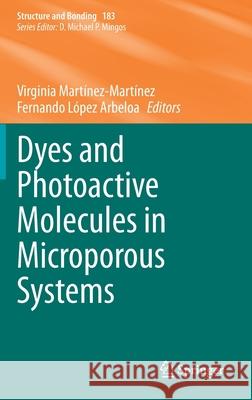Dyes and Photoactive Molecules in Microporous Systems » książka
topmenu
Dyes and Photoactive Molecules in Microporous Systems
ISBN-13: 9783030566333 / Angielski / Twarda / 2020 / 406 str.
Dyes and Photoactive Molecules in Microporous Systems
ISBN-13: 9783030566333 / Angielski / Twarda / 2020 / 406 str.
cena 1207,67
(netto: 1150,16 VAT: 5%)
Najniższa cena z 30 dni: 1156,64
(netto: 1150,16 VAT: 5%)
Najniższa cena z 30 dni: 1156,64
Termin realizacji zamówienia:
ok. 22 dni roboczych.
ok. 22 dni roboczych.
Darmowa dostawa!
Kategorie BISAC:
Wydawca:
Springer
Seria wydawnicza:
Język:
Angielski
ISBN-13:
9783030566333
Rok wydania:
2020
Wydanie:
2020
Numer serii:
000127560
Ilość stron:
406
Waga:
0.75 kg
Wymiary:
23.39 x 15.6 x 2.39
Oprawa:
Twarda
Wolumenów:
01
Dodatkowe informacje:
Wydanie ilustrowane











